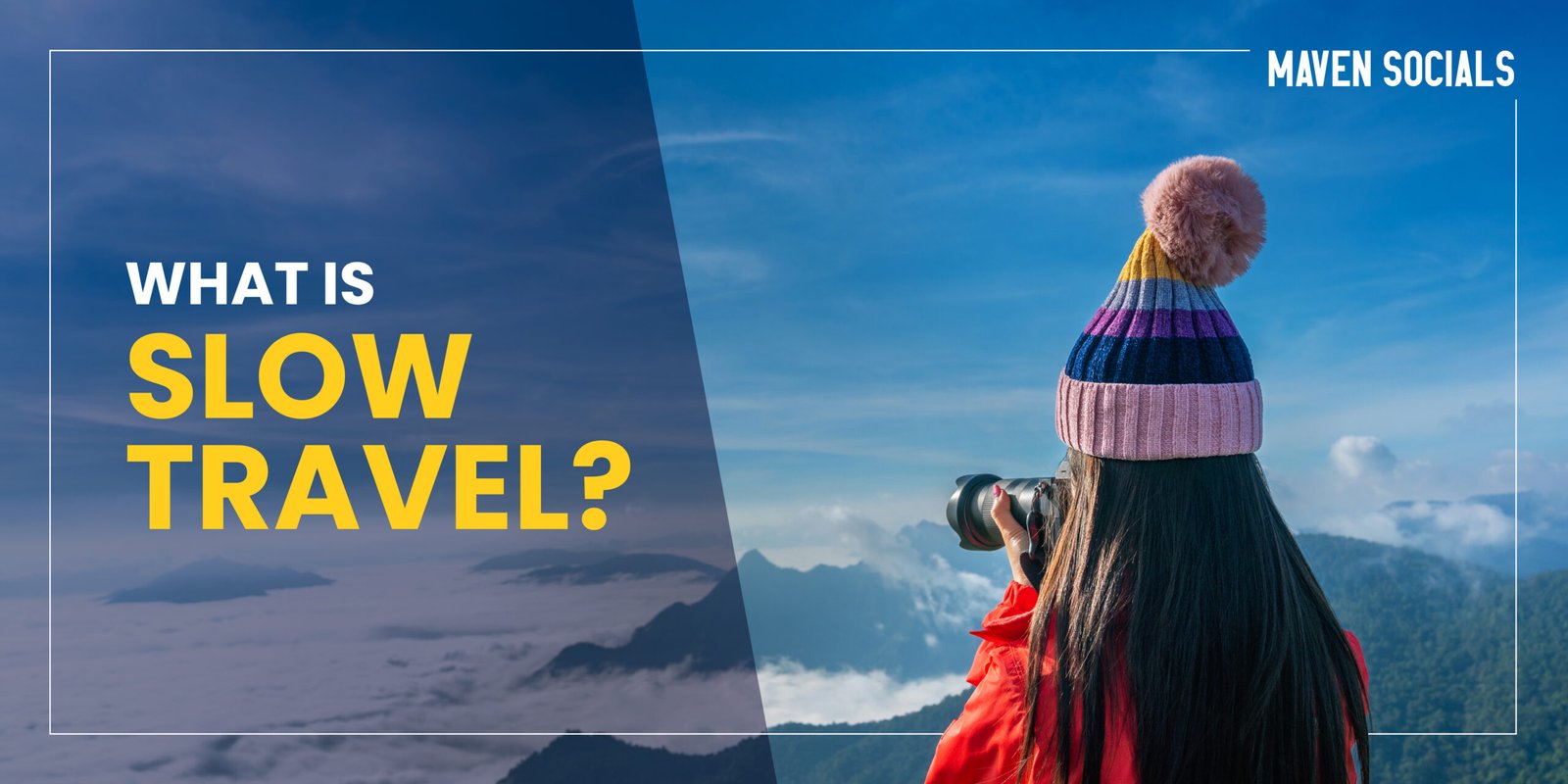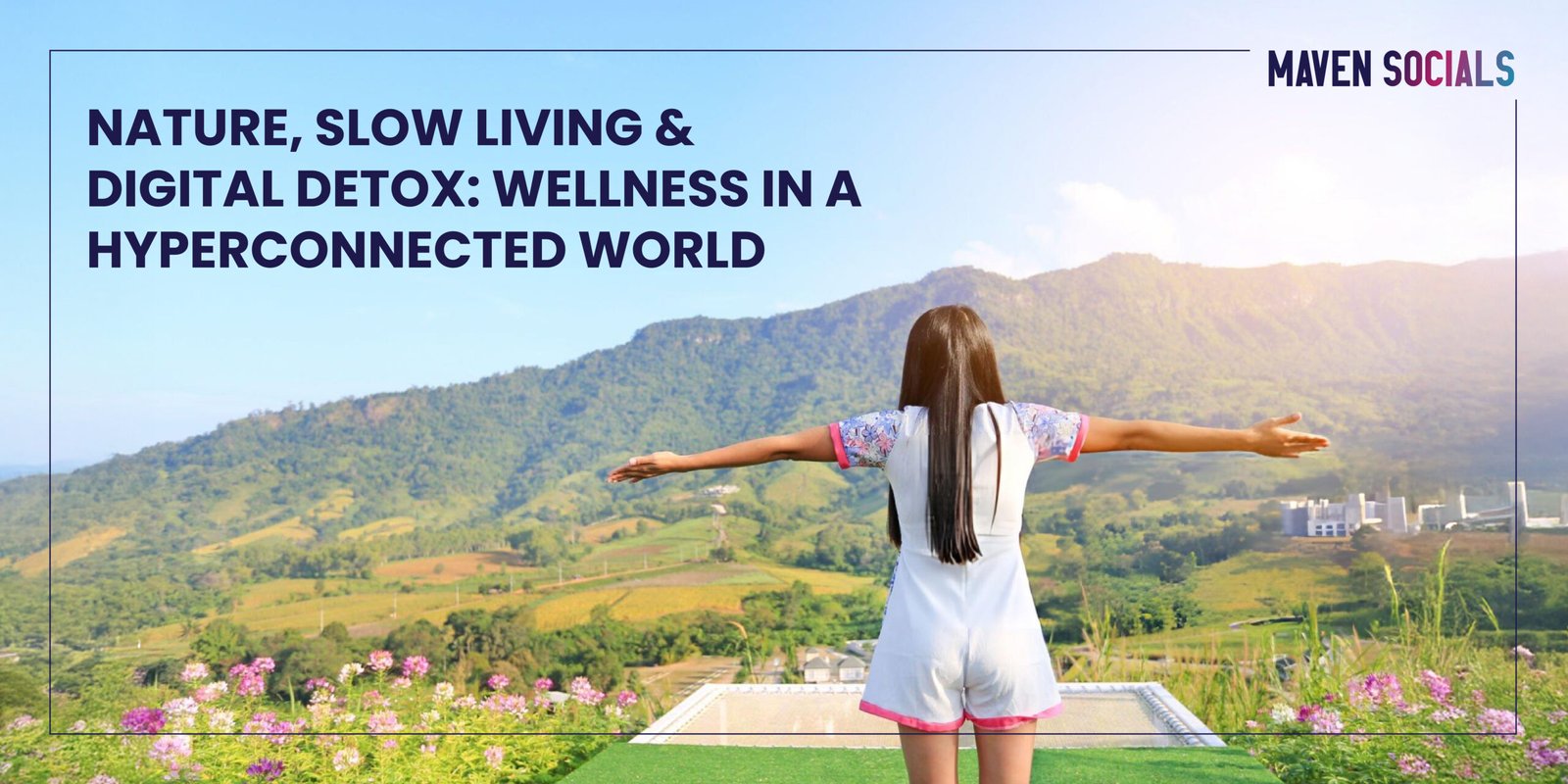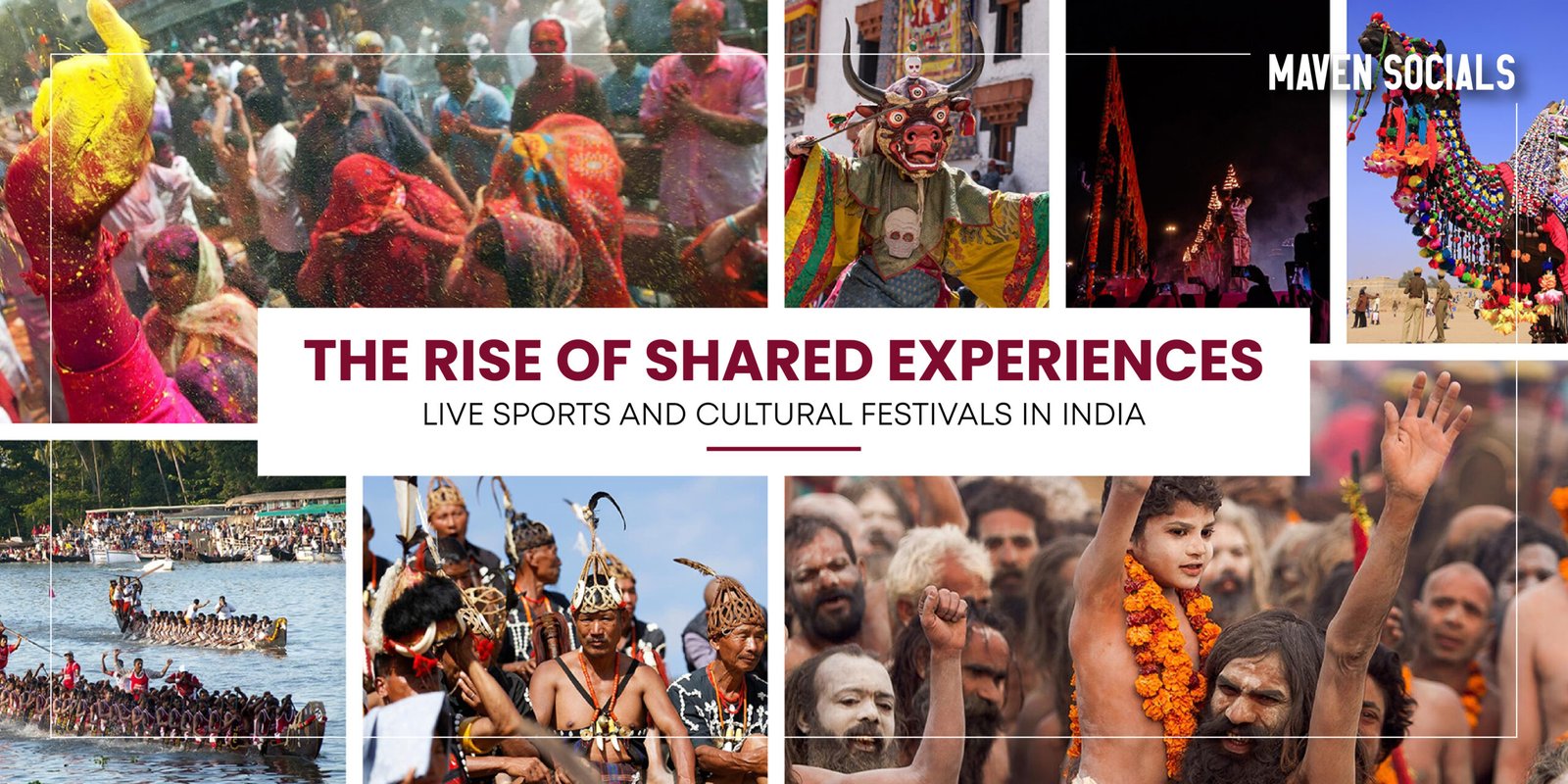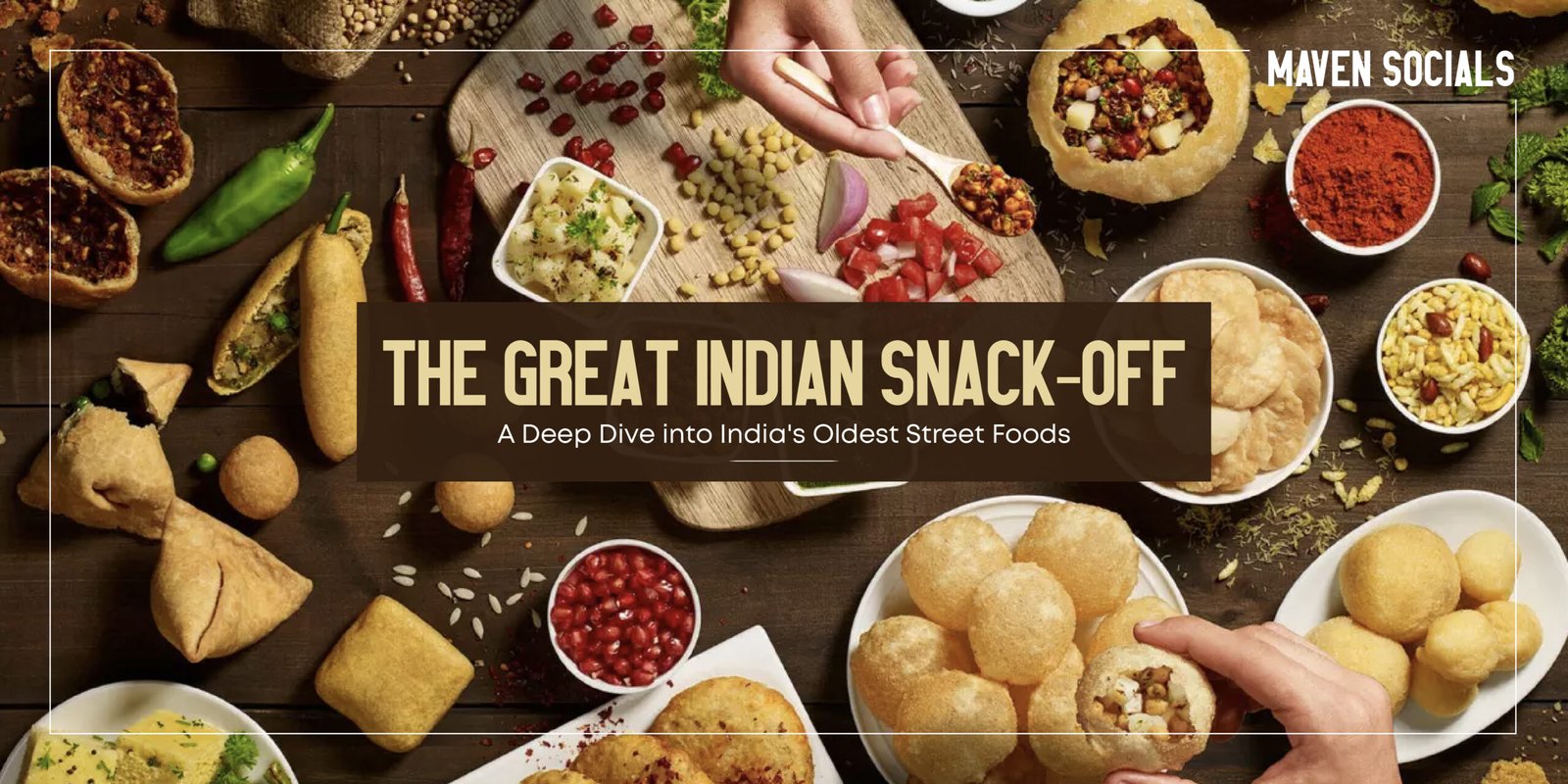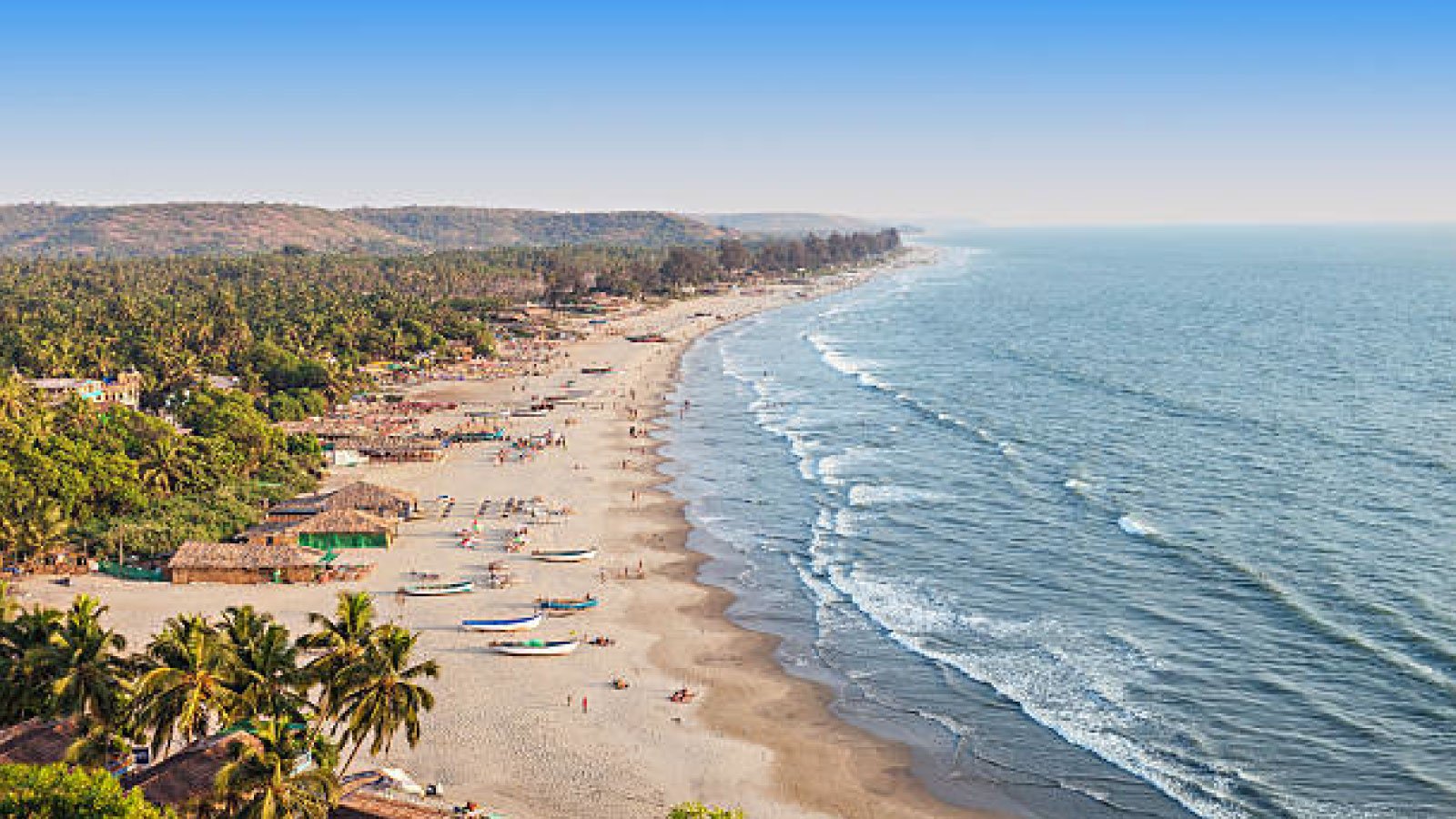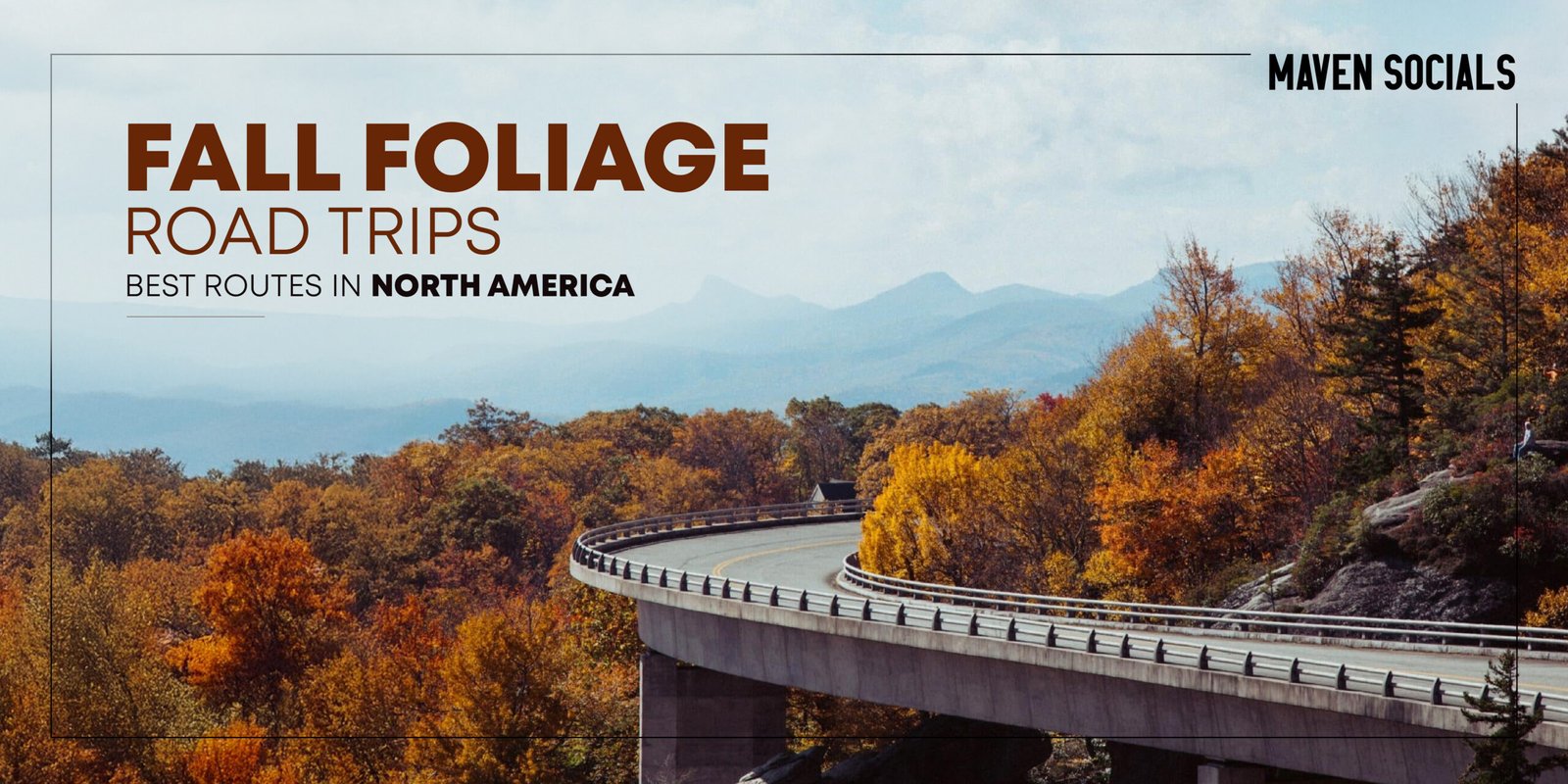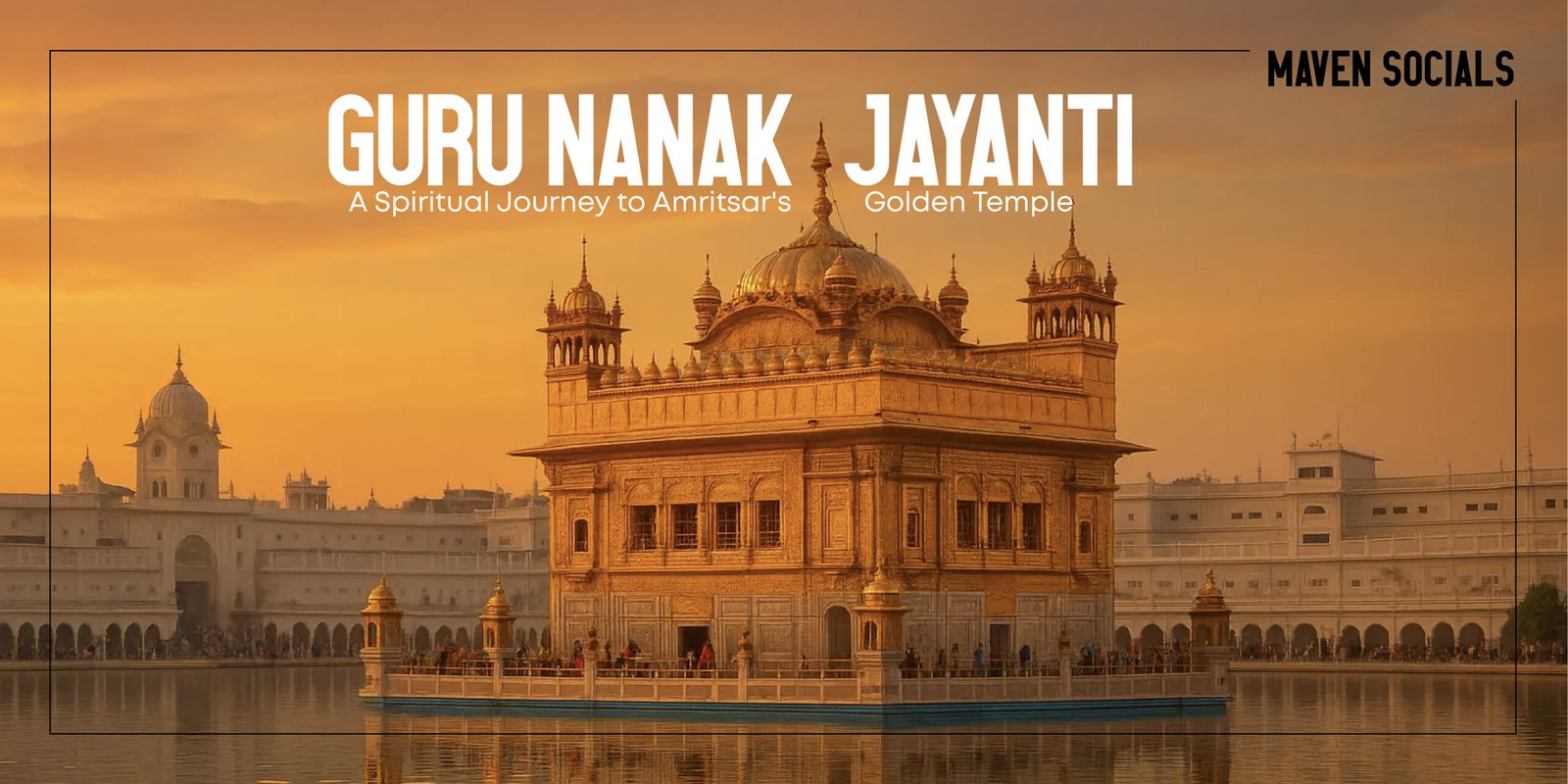In a world that’s always rushing — catching flights, ticking destinations off bucket lists, and snapping pictures for the ‘gram — a new movement is reshaping how we explore the planet. It’s called slow travel — a conscious, sustainable, and deeply immersive way of journeying that values connection over consumption, experience over efficiency, and presence over pace.
As more travelers look for meaningful escapes that nourish both the soul and the planet, slow travel and local experiences are no longer just trends — they’re a quiet revolution in the way we move, explore, and belong.
What Is Slow Travel?
Slow travel isn’t about traveling at a snail’s pace — it’s about intentionality. It’s about spending more time in fewer places, diving deep into local culture, and forming authentic connections with communities, food, nature, and traditions.
Instead of rushing from Paris to Rome to Athens in a week, a slow traveler might spend two weeks in a small Italian village — learning to cook pasta from locals, volunteering on an organic farm, or joining neighborhood festivals.
The philosophy behind slow travel is simple: to travel less like a tourist and more like a temporary local.
The Rise of Conscious Wanderers
Several factors have fueled the rise of slow travel:
1. The Post-Pandemic Shift
The pandemic forced the world to pause — and with that pause came reflection. Travelers realized that constantly hopping between destinations often left them more exhausted than inspired. The desire for space, serenity, and genuine connection gave rise to longer stays, road trips, and meaningful travel experiences that emphasize quality over quantity.
2. Climate Awareness
With global warming and over-tourism becoming pressing concerns, sustainability has entered the travel conversation in a serious way. Conscious travelers are questioning their carbon footprint, choosing eco-lodges, train journeys, and local stays over energy-intensive options.
3. Digital Nomad Lifestyle
Remote and hybrid work has empowered professionals to live and work anywhere. This “workcation” culture allows travelers to stay longer in one destination — merging productivity with exploration while supporting local economies.
Sustainability at the Heart of Slow Travel
The essence of slow travel lies in sustainability — environmental, economic, and cultural. Let’s look at how this approach makes a difference:
1. Reducing Environmental Impact
By staying longer in one place and avoiding multiple flights, travelers can drastically reduce their carbon emissions. Many slow travelers opt for trains, buses, bicycles, or even walking tours — turning transit into part of the adventure.
2. Supporting Local Economies
Slow travel means more direct spending with small businesses — from family-run guesthouses to local artisans and farmers’ markets. Every meal, handmade souvenir, or cultural workshop strengthens the community’s economic resilience.
3. Preserving Cultural Heritage
Unlike mass tourism, which often erodes local identity, slow travel fosters appreciation for local traditions, crafts, and cuisines. When travelers participate respectfully, they help preserve cultural heritage for future generations.
Immersive Experiences: Travel Beyond Sightseeing
The beauty of slow travel is how it transforms every moment into an experience of discovery. Instead of racing through sightseeing checklists, travelers are encouraged to immerse — to feel, taste, and learn.
Here are some immersive ways people are embracing the slow travel lifestyle:
1. Farm Stays and Eco-Villages
Imagine waking up to the sound of roosters, milking cows, and learning to make cheese in the countryside. Farm stays and eco-villages allow travelers to reconnect with nature, learn sustainable living, and appreciate where their food comes from.
2. Culinary Immersion
From olive oil tastings in Greece to street food tours in Bangkok, food has become one of the most powerful entry points into a culture. Cooking classes, market visits, and traditional dining experiences reveal a place’s soul far beyond restaurant menus.
3. Voluntourism
Travelers are increasingly combining exploration with purpose — volunteering in wildlife sanctuaries, teaching languages, or helping rebuild local infrastructure. It’s a way to give back while gaining a deeper understanding of a destination’s social fabric.
4. Local Art and Craft Experiences
Workshops that teach pottery, weaving, or painting under local artists not only preserve endangered crafts but also allow travelers to take home a piece of their journey — something far more valuable than a souvenir.
Destinations Embracing the Slow Travel Spirit
While slow travel can happen anywhere, certain destinations naturally lend themselves to this philosophy.
1. Kyoto, Japan
Away from Tokyo’s rush, Kyoto’s tea houses, temples, and traditional ryokans invite quiet reflection. Travelers linger to practice meditation, tea ceremonies, or simply stroll through bamboo forests.
2. Tuscany, Italy
The Tuscan countryside epitomizes slow living — with farm stays, vineyards, and cooking classes celebrating simplicity and authenticity.
3. Kerala, India
Often called “God’s Own Country,” Kerala’s backwaters and eco-lodges offer perfect settings for travelers to live close to nature while engaging in ayurvedic healing, spice tours, and traditional boat rides.
4. Portugal’s Alentejo Region
Known for its olive groves and quiet charm, Alentejo has become a haven for travelers seeking authentic rural experiences and sustainable tourism initiatives.
Technology and the Slow Travel Movement
Interestingly, technology — once seen as a driver of fast travel — is now enabling slow travel in new ways.
- Digital tools like Airbnb, Workaway, and Worldpackers make it easier for travelers to find long-term stays, local hosts, and volunteering opportunities.
- Sustainability apps help track carbon footprints or locate eco-friendly accommodations.
- Remote work technology lets travelers work from anywhere, turning faraway places into extended home offices.
- In this way, technology doesn’t disconnect us from the world — it helps us experience it more consciously.
Tips to Start Your Slow Travel Journey
Ready to embrace slow travel? Here are a few practical steps:
- Plan fewer destinations, stay longer. Choose one region or city and explore it deeply.
- Opt for local transport. Trains, bicycles, and even walking can turn travel into exploration.
- Stay in locally owned accommodations. Homestays, boutique inns, or eco-lodges create genuine cultural exchanges.
- Eat local. Try regional cuisines and visit local markets.
- Learn basic local phrases. A simple “thank you” in the local language can open doors to meaningful interactions.
- Respect local culture and environment. Leave no trace, minimize waste, and travel responsibly.
The Future of Travel: Meaning Over Miles
The rise of slow travel and local experiences signals a beautiful shift — from traveling to escape life to traveling to experience life more fully. It’s not about covering miles but making memories that last.
In the years ahead, sustainability won’t be an option — it will be the foundation of travel. As travelers, we have the power to shape this future — by choosing connection over convenience, mindfulness over movement, and community over consumption.
Because when we slow down, we don’t just see more — we feel more. We belong.